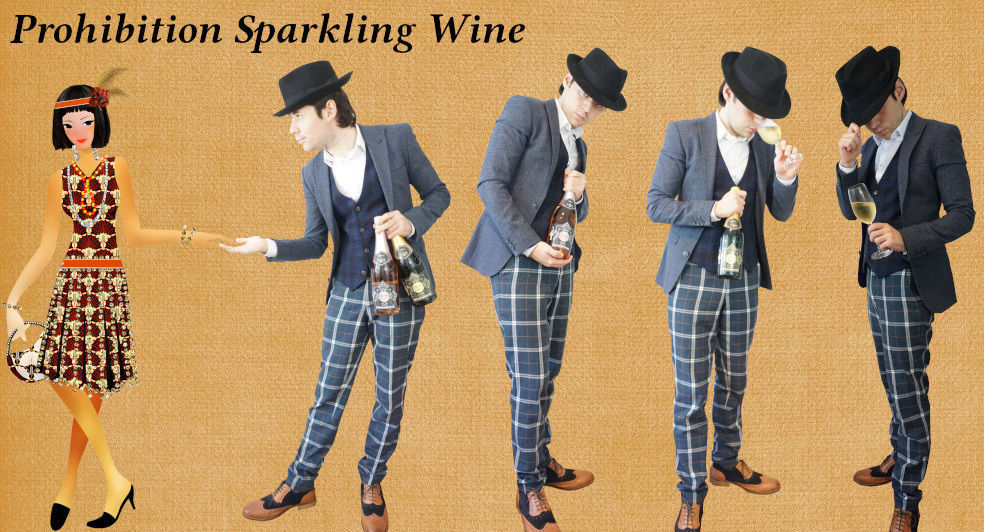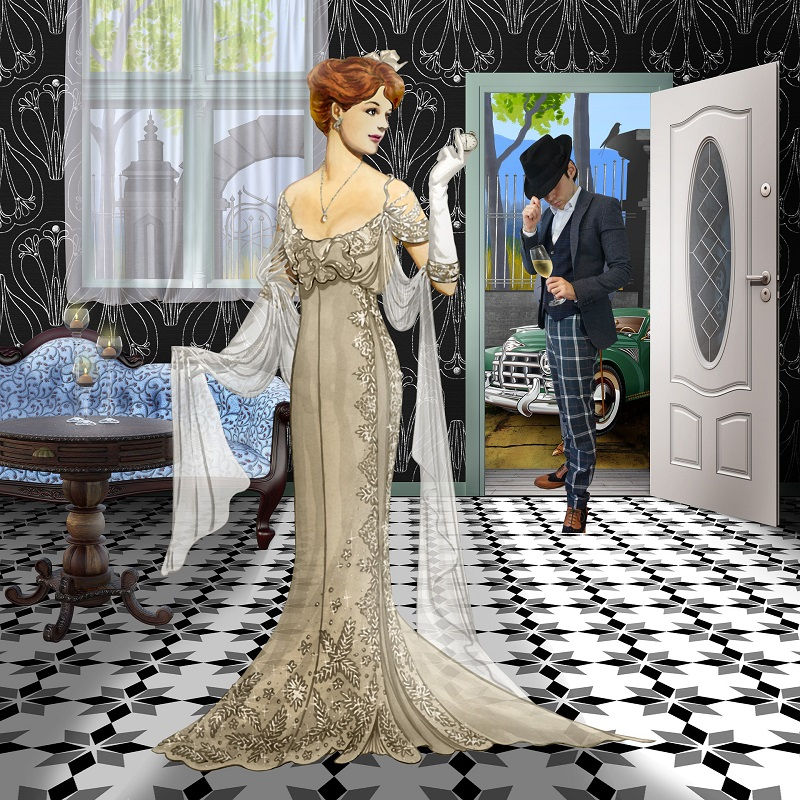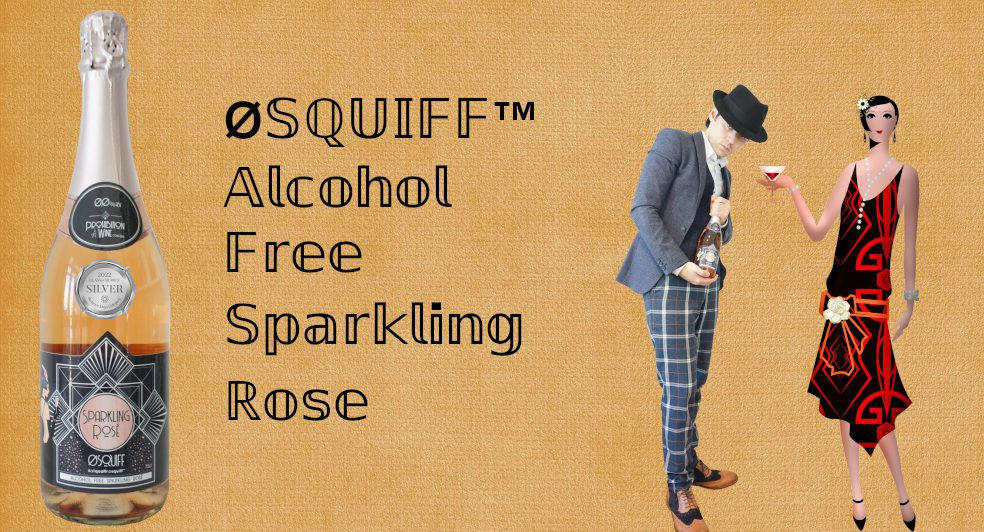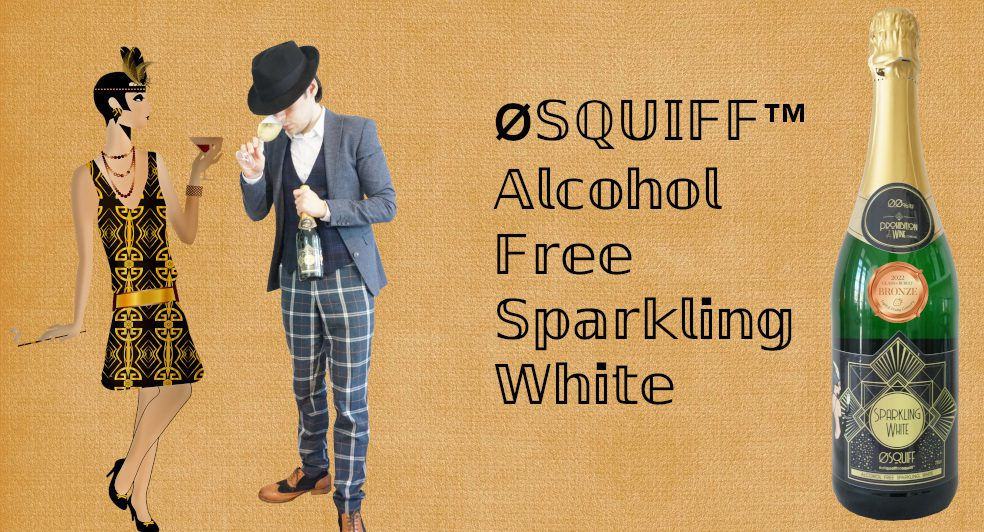Welcome To The 1920s – The Age Of Prohibition
15th November 2022

The year is 1920, the day is January 17th, a day that will alter the course of America for the next 13 years, drawing crime to the doorsteps of the average working American, disregarding the freedoms of millions and decimating the lives of thousands.
Two years out of what was then called the Great War (World War I) the American Government announced a ban that may have helped save America?
The American Prohibition

To understand why Prohibition was introduced to the United States, we first need to go back a few years, to a time when booze and drink were plentiful, a time when alcohol with every meal wouldn’t have been frowned upon, at least by other men.
The chain of events that led to American Prohibition started in the state of Ohio, by the wives of men who had seen enough of their husbands coming home drunk and failing to provide, back during the early 1900s, the right and privileges that were given to the men, were far out of proportion compared to the women, so when a few wives decided to make a stand and form a protest, this was rarely, if ever, seen by the men.
United together in the year 1873, these women marched and gathered outside of saloons and bars, singing hymns and praying on their knees, which, for some reason, frightened the men to the point that local shops started seeing less foot traffic, businesses suffered and schools were temporarily closed, this started in Ohio, but spread throughout the country.
This caused some men to take action, on one account, firefighters were called and used their hose to disburse the women, with other locals threatening them because of the loss that was occurring to their business, with one man supposedly rolling out a cannon and saying he’ll turn them to dust if they didn’t leave.
The women went on to create the WCTU – Women’s Christian Temperance Union, which helped set up homes for alcoholic women, installed water fountains in parks and wrote some new textbooks for students, which contained some less than true claims about alcohol.
Although the actions and the protest of the women promoted the creation of the ‘Dry Laws’ which allowed states to restrict the sale of alcohol, the state of Kansas was already years ahead of them, with them outlawing alcohol since 1881.
Soon the women’s protest would start to slow down and fizzle out, but it had done enough to get the ball rolling so the next people could take on the challenge.
Enter, The Anti-Saloon League, run by Wayne Wheeler, who decided to focus on one factor, ‘alcohol’, unlike the women, who also wanted to help child welfare, prison reform and public health, Wayne Wheeler decided to demonize alcohol, using fear as his driving force, using dirty tactics and specific marketing to make employers think alcohol was making their workers lazy, that alcohol was holding black people back and to people who didn’t like black people, that it would turn them into to unearthly brutes.
Needless to say, Wayne Wheeler told a lot of lies to many people who didn’t know any better.
He spent a lot of time and effort making sure that those in Governmental seats were opposed to alcohol, but his biggest win would come in 1917, during The Great War, he was able to use the fact that the biggest brewers in America were German, he turned the image on its head, not just by saying it you consumed any German beer, you would be seen as a traitor, but if you consumed any alcohol at all, and no one wants to be considered a traitor to their country in the eyes of the public.
To fight back, the brewers created new marketing material, showcasing beer as a health drink, which you could even give to your child.
It is said that the majority of the country was in favour of a prohibition-type situation, but this would massively affect the federal income of the country, with nearly 40% coming from the alcohol tax.
No one in their right mind would toss out 40% of their income, so thanks, yet again, to Wayne Wheeler and his Anti-Saloon League, it helped pass the ‘income tax’ which has been taking people’s money ever since.
Prohibition didn’t just become law in 1913, it became part of the American Constitutional with an amendment, but it wouldn’t be until 1917 that the final vote for the Constitutional amendment would take place, winning by 282 votes to 128, it was eventually ratified in 1919.
The law made it illegal to produce or sell anything over 0.5% in alcohol content, but it said nothing about drinking alcohol, meaning that people started taking advantage of the loopholes,
Doctors would become overflowed with people needing whiskey for medical purposes and churches started ordering millions more gallons of wine each year.
This Prohibition law made some innocent, good hardworking, and law-abiding citizens, criminals almost overnight, not because they committed heinous crimes, but because they just wanted an alcoholic drink, which they considered as one of their rights as human beings.
Many people started making their own alcohol at home and Americans also got some help from overseas, with a new international supermarket opening up on the high seas, called ‘Rum Row’, it was conveniently located just outside of the American ocean border and many Americans, normally bootleggers, would sail out to Rum Row and purchase booze directly from the sailors.
If you didn’t want to go off land to get your booze, you could, by the 1920s, pop into your very secret, local, speakeasies, everyone pretty much knew about them and to gain entry you would often need a password for the doorman to let you in.
This ‘experiment’ of banning alcohol was not proving to be very successful, with many officers taking bribes and not upholding the law, in Government, more people were swaying over to the ‘no prohibition’ side.
On one occasion, a Republican called a press event and drank a homemade beer in front of everyone, when an officer walked past, the Republican ‘asked’ the officer if he wanted to arrest him, the reply was simply ‘no’.
One good thing that did come from all this, was in Speakeasies, anyone and everyone was welcome, men and women of all races and ethnicities were drinking together.
Many people know the name and story of Al Capon aka Scarface, aka Big Al, aka Snorky, a legend of the era for organized crime, he became a household name in the day thanks to the fact that he never hid from the world, he embraced it, often speaking to the press, sharing his stories and face across America.
Just as it started with the actions of Women, it would end with them too, it would take the actions of Pauline Sabin, someone who had initially supported Prohibition, to create an anti-prohibition group, called, ‘Women’s Organization For National Prohibition Reform’, gaining in just two years, a following of 1.5 million supporters, making it 5x as many followers as the starting WSTU group had back in the late 1800s.
This happened during the time of President Hoover, a firm supporter of Prohibition and despite Pauline Sabin’s pressure, he didn’t budge.
It would take one of the most famous organized crime operations to spark change in the minds of millions more that forced Hoover’s hand.
The St Valentines Day Massacre, which saw some of Al Capone’s men or people pretending to be Al Capone’s men, trick some Irish Mobsters by dressing up as police officers and shooting them down dead, in cold blood, while they were lined up against the wall, weapons ceased with their backs to their killers.
This happened on February 14th, 1929 and would spark outrage in the public, who blamed, not Al Capone, but Prohibition for the rampant crime.
It was during the Great Depression that Prohibition would change, but not without pushback from President Hoover, if Prohibition was abolished, then they could see the chance to increase the number of jobs available.
It wouldn’t change under President Hoover, it would come under the newly elected President Franklin D. Roosevelt, who won by a landslide and one of his first acts had him pass the ‘beer permit act’ in 1933, which for the first time in 13 years, made beer legal.
During the 21st amendment of the constitution, prohibition was abolished, officially ending on the 5th of December, 1933.
Although officially ending, some states in America still abide by some form of the prohibition law, like Tennessee, Mississippi and Kansas.
Wine During Prohibition
During Prohibition, shops started to sell something called Vino Sano Grape Brick, which was simply dehydrated grape juice, it wasn’t illegal because grapes aren’t automatically labeled as wine, it was just grape juice, but on the packaging, it had very clear instructions on what you ‘shouldn’t’ do, otherwise, you might have the misfortune of turning your dehydrated grape juice into actual alcoholic wine.
“After dissolving the brick in a gallon of water, do not place the liquid in a jug away in the cupboard for twenty days, because then it would turn into wine.”
As a winery you had to be careful, if you ended up selling grapes to someone who then made it into wine themselves, then you could be jailed for aiding in the creation of illegal alcohol.
Wineries didn’t suffer as much as other alcoholic producers, they were still able to sell to churches for communion and religious ceremonies, which saw an overdrive of orders during this time.
Prohibition Sparkling Wine
Sticking within the law of Prohibition these two Sparkling Wines contain 0% alcohol (Alcohol-Free), they were produced in La Mancha, which is south of Madrid in Spain.
They exclusively use the Tempranillo grape variety in their Sparkling Rosé and the Airén grape variety in their Sparkling White.
I reached out to Julia Wilson, the co-founder of Prohibition Wine Company to ask her a few questions, like what is the meaning behind the word ØSQUIFF™?
“ØSQUIFF™, means Ø – without being squiffy – slightly drunk. ØSQUIFF = #AllQuaffnoSquiff” – Julia Wilson
Although we may already know the answer to this question, it’s interesting nonetheless, ‘What was the story behind using the name Prohibition in your company?’
“I named the company Prohibition Wine company, taking the word Prohibition from the National prohibition of alcohol (1920-33 USA) legally forbidding the consumption of alcohol.”
“I have a love for the 1920s and I want our wines to give you that fun feeling, all the taste without the alcohol.” – Julia Wilson
Let’s explore these two Alcohol-Free Sparkling Wines from the Prohibition Wine Company.

ØSQUIFF™ Alcohol-Free Sparkling Rosé – Tasting Notes
Aroma – “Soft red apples, strawberries, raspberries, green and white apples and pears on the aroma.”
Flavour – “Delicate red Berries, strawberries, cherries, red cherry juice, pink floral and pink rose petals on the palate.”
Silver Medal in the Summer Days Category at the Glass of Bubbly Awards 2022

ØSQUIFF™ Alcohol Free Sparkling White – Tasting Notes
Aroma – “Soft, relaxing, white and green pears, green apples, whites floral aroma.
Flavour – “Soft, easy-going green fruits, apples, pears, and white floral, very simular to the aroma.”
Bronze Medal in the Light & Fruity Category at the Glass of Bubbly Awards 2022
To finish off this exploration of Prohibition during the 1920s, ‘Would you recommend enjoying your Sparkling Wines with some food or even in a cocktail?’
“Our ØSQUIFF™ Sparkling Wines are superb on their own or our ØSQUIFF™ Sparkling White goes well with Brie, sea bass, chicken, lobster, prawns and for dessert, carrot cake, panna cotta and cheesecake.”
“Our ØSQUIFF™ Sparkling Rosé goes well with stilton, smoked salmon, eggs benedict, oysters and for dessert, dark chocolate torte and strawberries.”
And finally, our ØSQUIFF™ Sparkling white mixes well with Bittersweet Aperitif (alcohol-free Aperol alternative) fill a glass with ice, pour 1 part Bittersweet and 2 parts ØSQUIFF™ Sparkling white wine and add a slice of orange.” – Julia Wilson
In the video below, we made ourselves one of these cocktails “Welcoming orange zest and delicate bitterness, with a subtle background of garden herbs and green apples” and paired them with a couple of different cheeses.
Thank you Julia and thank you to the Prohibition Wine Company, there’s still a lot of fascinating history to discover during the American Prohibition, whether you want to delve deeper or invite over some friends for a wonderful evening, try one of the Prohibition Wine Company’s ØSQUIFF™ Sparkling Wines.
Informational Credit: Prohibition –Prohibition – St Valentine –
Image Credit: Elegant – Flapper Girl – Flapper Girl – Flapper Girl – Flapper Girl
![]()
Oliver Walkey
Champagne and Sparkling Wine Writer, Focused on Bringing the Exciting and Fascinating World of Bubbly to You.
